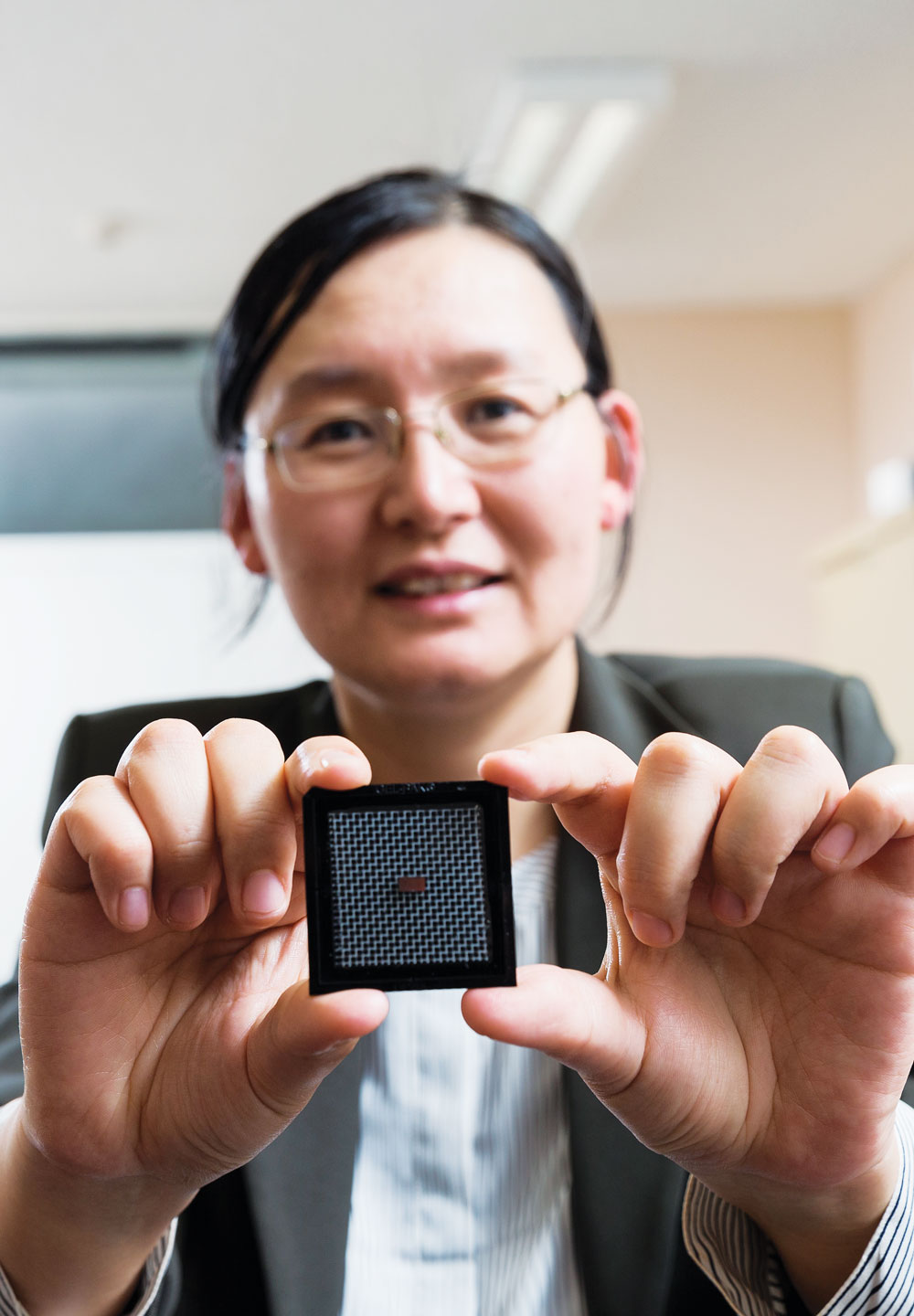Professor Xiaoke Yi is leading a team of medical and engineering researchers working on a device that could one day replace needle-prick blood tests for type 1 diabetics.
Yi, a nanophotonics expert based at the University of Sydney’s School of Electrical and Information Engineering, recently presented the breath ketone analyser at the Hong Kong Trade Development Council’s International Medical and Healthcare Fair.
The device is being developed to help people with type 1 diabetes detect and manage life-threatening ketoacidosis. This occurs when the liver produces high levels of ketones in response to low insulin levels, which can damage other organs.
“The breath ketone analyser will be a less invasive and far more accurate way for people with diabetes to monitor their health, by measuring blood ketone levels in the breath,” said Yi in a university statement.
According to Diabetes Australia, type 1 diabetes affects 10 per cent of the 1.7 million Australians estimated to have diabetes, and is on the rise.
The researchers said the device could also be used to monitor conditions including Alzheimer’s disease and epilepsy.
Ongoing innovation
Yi was named as one of Engineers Australia’s Most Innovative Engineers in 2017 for developing the technology behind the breath ketone analyser. She was also awarded $100,000 over two years under the Sydney Research Accelerator (SOAR) program.
I
According to Yi, the breath analyser’s sensing technique is not affected by alcohol or other gasses.
“The process will be as simple as roadside breath testing – just by measuring the concentration of acetone in a patient’s breath, blood ketone levels can be calculated,” she said.
The initial prototype consisted of an air sampling bag, sensor head and signal processing unit. To make it commercially viable, Yi’s team is working on a low-cost, compact solution that integrates the airbag and signal processor into a mobile phone. To use the device, patients will blow into a gas tube that attaches to the phone, and read their result from the screen.
Collaborative commercialisation
The commercialisation process has involved collaboration between a range of sectors, nations and disciplines.
Yi’s university research team is working with the Royal Prince Alfred Hospital, Australian Trade and Investment Commission and Hong Kong-based industrial partner AusMed Global to take the device to the next round of clinical testing.
Endocrinologist Professor Stephen Twigg, another member of the research team, said the device could become the most common method of monitoring for ketones.
“Looking at current testing methods – blood testing is invasive and relatively expensive. Getting real-time results from urine testing can be problematic,” he explained, adding that the ketone breath analyser would not be invasive, but clinically accurate and cheaper to use.
New South Wales Trade and Investment Commissioner for South China and Hong Kong, Murray Davis, also praised the economic benefits of the collaboration.
“It shows how an Australian innovation can access Hong Kong capital and management expertise as well as global manufacturing supply chains to bring new products to market and contribute to [the] growth of the New South Wales knowledge economy,” he said.
